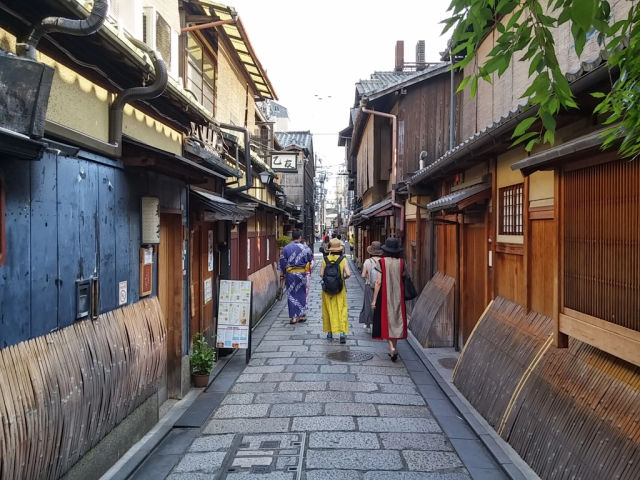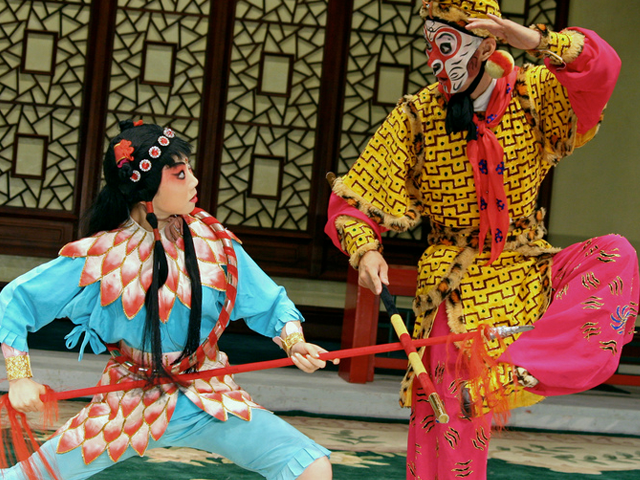Exploring Cultural Diversity
In our increasingly interconnected world, cultural diversity has emerged as a central theme. As societies evolve and globalization continues to weave its intricate web, the value of understanding and appreciating different cultures has never been more crucial. This blog post embarks on a journey of exploration into cultural diversity, illuminating its significance, benefits, challenges, and strategies for fostering an inclusive and harmonious global community.
The Beauty of Cultural Diversity
Imagine a world where everyone spoke the same language, wore identical clothing, and practiced the same customs. While this may seem harmonious on the surface, it lacks the richness that cultural diversity brings. Cultural diversity encompasses a kaleidoscope of beliefs, traditions, languages, art forms, culinary delights, and ways of life. It is a beautiful tapestry woven by generations of human history, reflecting the ingenuity and adaptability of our species. By embracing this diversity, we gain an opportunity to broaden our horizons, celebrate uniqueness, and gain a deeper appreciation for the tapestry of human existence.
Enriching Our Perspectives
One of the most significant benefits of cultural diversity is the enrichment it brings to our perspectives. When exposed to diverse ideas, beliefs, and experiences, our minds expand, and we gain a more comprehensive understanding of the world. Interacting with people from different backgrounds challenges our assumptions and biases, fostering empathy and compassion. These encounters act as a catalyst for personal growth and development, as they allow us to question our preconceived notions and learn from others’ wisdom.
Fostering Inclusive Societies
Cultural diversity is an invaluable resource for building inclusive societies. Inclusive societies promote equal opportunities for all, irrespective of their cultural, ethnic, or religious backgrounds. Embracing diversity ensures that everyone feels valued and appreciated for their unique contributions. By recognizing the importance of representation and inclusion, communities can work towards dismantling systemic barriers and creating environments where everyone can thrive and prosper.
Challenges in Embracing Diversity
While the benefits of cultural diversity are undeniable, it is essential to acknowledge the challenges that come with embracing it. One of the primary hurdles is the fear of the unknown or the unfamiliar. People may cling to what they know best, resisting change or diversity due to apprehensions about losing their cultural identity or being overwhelmed by differences. Overcoming these challenges requires education and exposure to different cultures, fostering understanding and respect.
Cultural Appropriation vs. Cultural Appreciation
As we delve into cultural diversity, it is crucial to understand the distinction between cultural appropriation and cultural appreciation. Cultural appreciation involves respectfully learning about and admiring another culture without exploiting or disrespecting it. On the other hand, cultural appropriation occurs when elements of a marginalized culture are borrowed and used by the dominant culture without proper acknowledgment or understanding, often perpetuating stereotypes. Educating ourselves about the cultures we encounter is vital to avoid inadvertently perpetuating harm.
Promoting Cultural Diversity in Education
Education plays a pivotal role in promoting cultural diversity and inclusivity. By incorporating diverse perspectives into school curricula, students can develop a global mindset and appreciation for various cultures. Encouraging language learning, cultural exchange programs, and intercultural dialogue fosters an environment of mutual respect and understanding.

Celebrating Diversity Through Festivals
Festivals provide an excellent platform for celebrating cultural diversity. Across the world, festivals showcase traditional music, dance, art, and cuisine, inviting people to immerse themselves in different cultures. Attending these events allows individuals to break down barriers, forge connections, and learn more about the customs and practices of others. For more insights and further information about exploring cultural diversity, be sure to visit BibleKeeper to learn more.
Conclusion
Exploring cultural diversity is a journey that brings profound rewards. By embracing the mosaic of humanity, we become more open-minded, compassionate, and empathetic individuals. As we continue to navigate a rapidly changing world, the celebration of cultural diversity remains an essential aspect of building harmonious communities and a more connected global society. Together, let us appreciate the beauty of our differences and create a world where everyone’s cultural heritage is cherished and respected.



